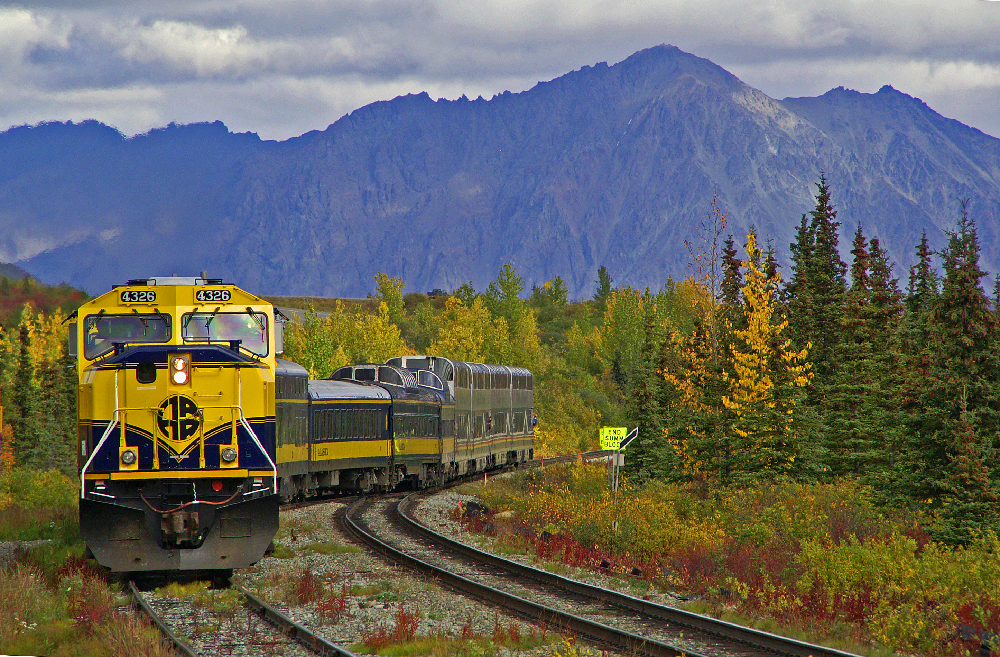
U.S. Secretary of State William H. Seward must have thought he was making the real estate deal of a lifetime — 600,000 square miles for a cost of less than two cents an acre. That is the price Seward negotiated with Edouard de Stoecki, Russian minister to the U.S., for the purchase of what would […]
Read More…
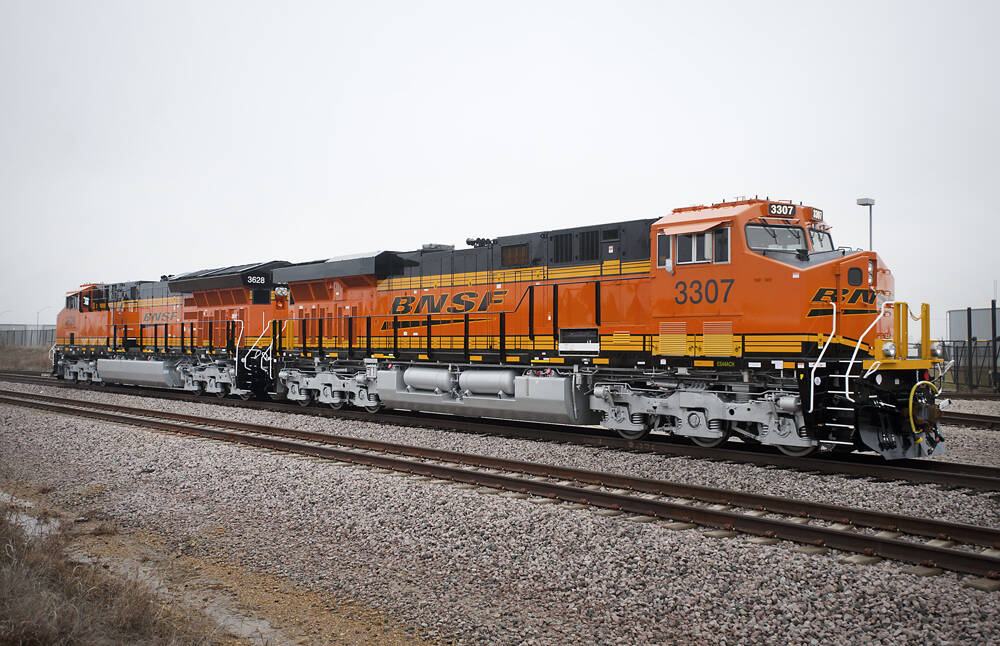
Locomotive power 2024 Someone turned on the new locomotive faucet, but its just a slow drip right now. For several years no new six-axle freight locomotives have been built for North America’s Class I railroads. Now, there are some signs of life. Last year saw orders from Canadian National and BNSF Railway — Canadian National […]
Read More…
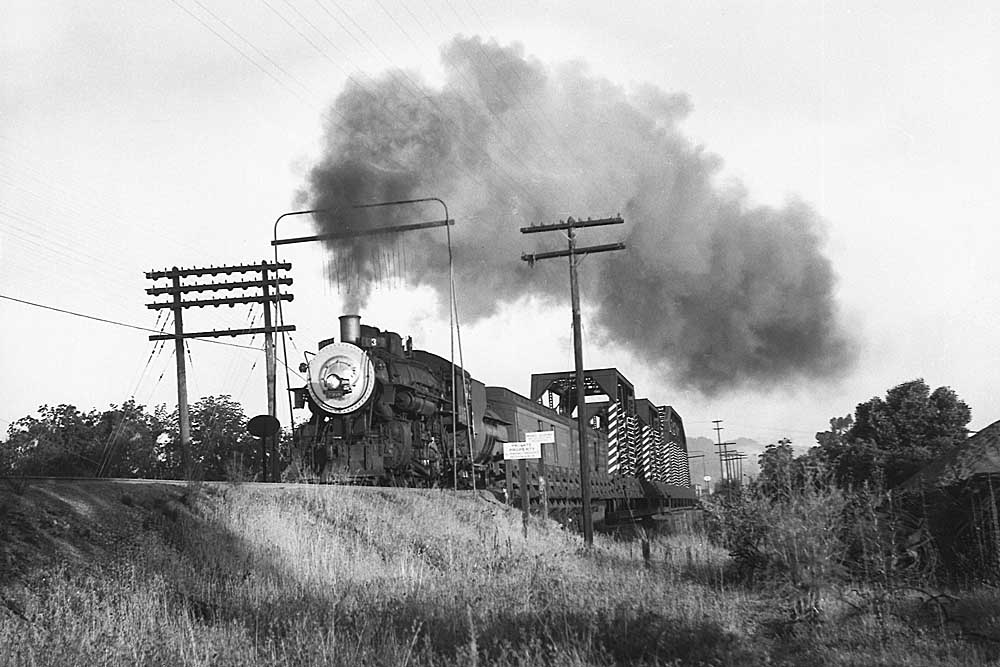
More than a few times, photographs in the Kalmbach library have sent me searching for railroads and places I’ve never encountered, and a few weeks ago some 8 x 10 prints lined up perfectly with travel plans. The destination: Mendocino, Calif., the charming old lumber town up the coast 155 miles from San Francisco. My […]
Read More…
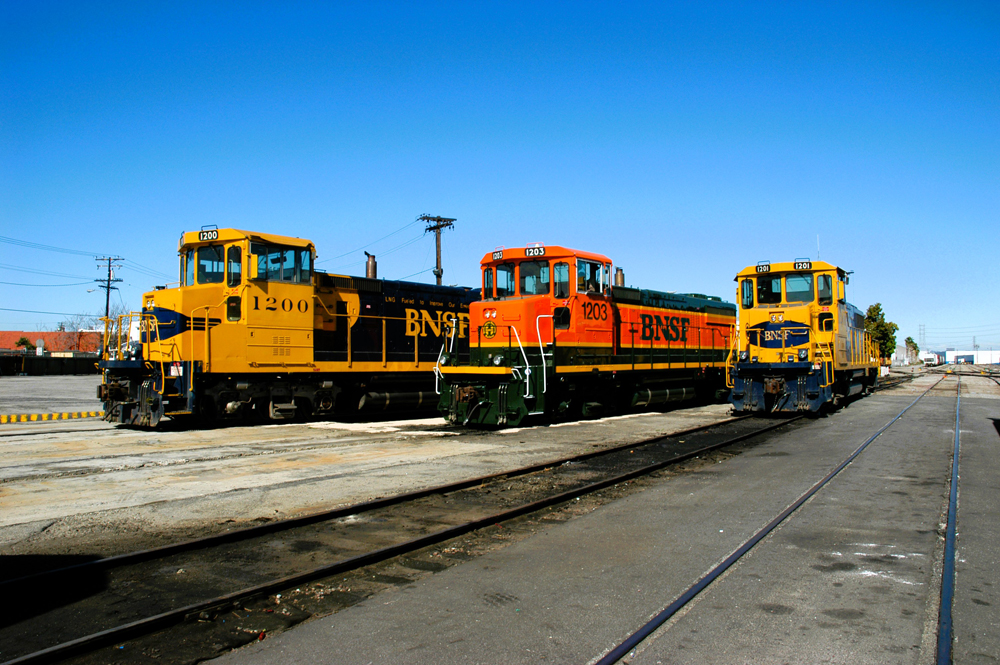
Boise Locomotive’s MK1200Gs During the heyday of ultra-low emission liquid natural gas as an alternative to diesel propulsion, Boise Locomotive Co. [formerly Morrison Knudsen Rail Co.] produced a quartet of LNG 1,200 hp switchers for domestic use in 1994. Two were sent out into the world to be tested on the Atchison, Topeka and Santa […]
Read More…
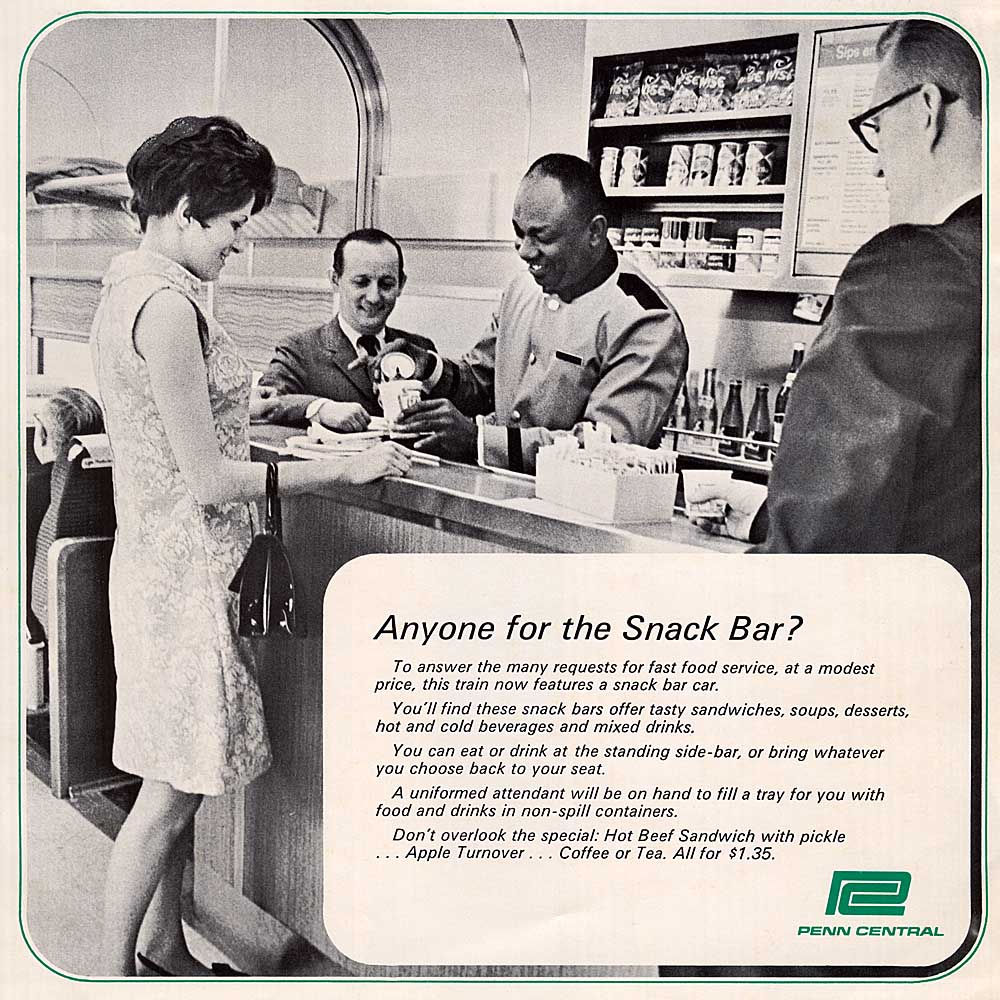
In the past, railroad dining car meals were something to write home about, positively. A notable summary of this can be found in the lyrics of the popular song Chattanooga Choo-Choo, with its assertion that “dinner in the diner, nothing could be finer.” As private-railroad passenger service declined in the 1960s, however, this […]
Read More…
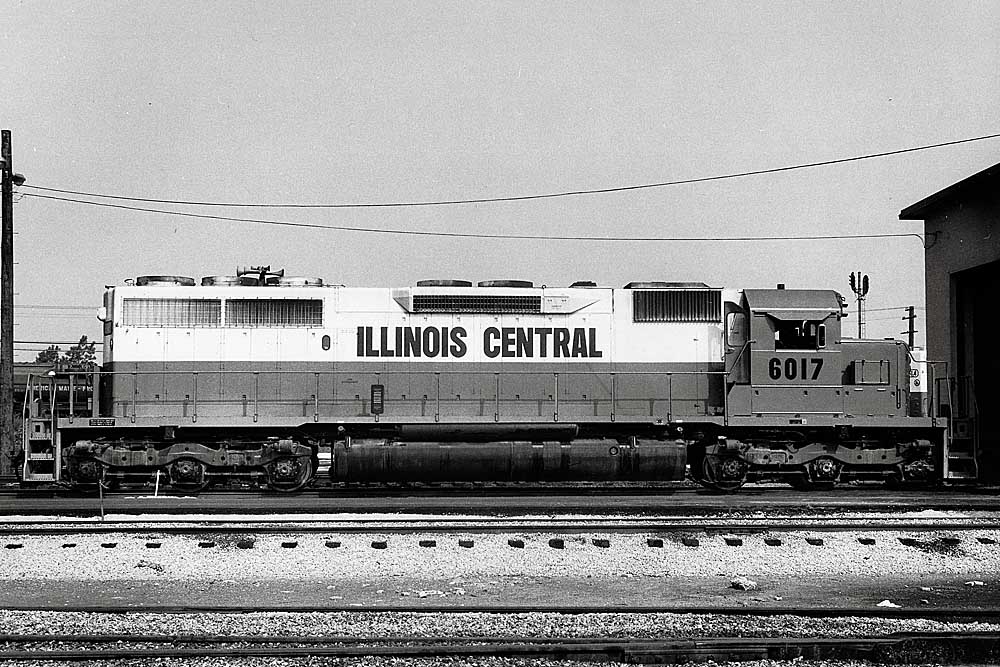
The Illinois Central’s EMD SD40A diesel locomotive resulted from the railroad’s desire to increase fuel capacity. “Customer modifications to production units aren’t all that unusual, don’t usually result in more than minor engineering and construction revisions, and seldom are dignified by a separate builder’s class,” wrote former Trains Managing Editor Wally Abbey in the January […]
Read More…
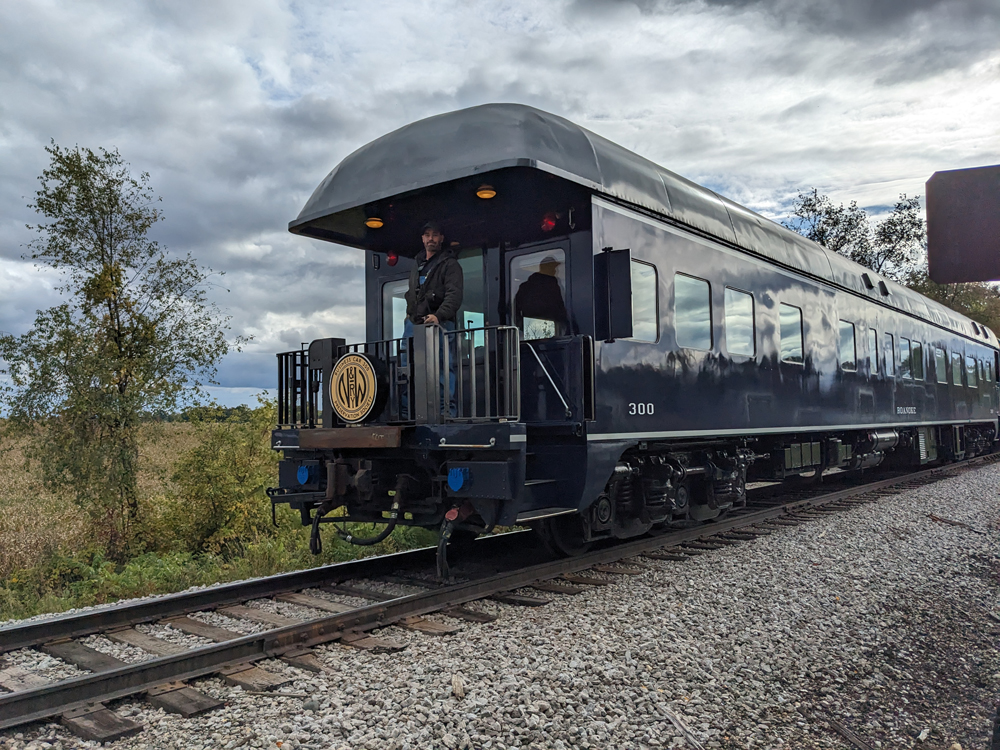
Norfolk & Western Business Car No. 300 It seems like my trip on the Super Dome was only the beginning of my private varnish journeys in 2023. A few months later I was asked if I wanted to take the Norfolk & Western Business Car No. 300 on a fall colors excursion train through northeast […]
Read More…
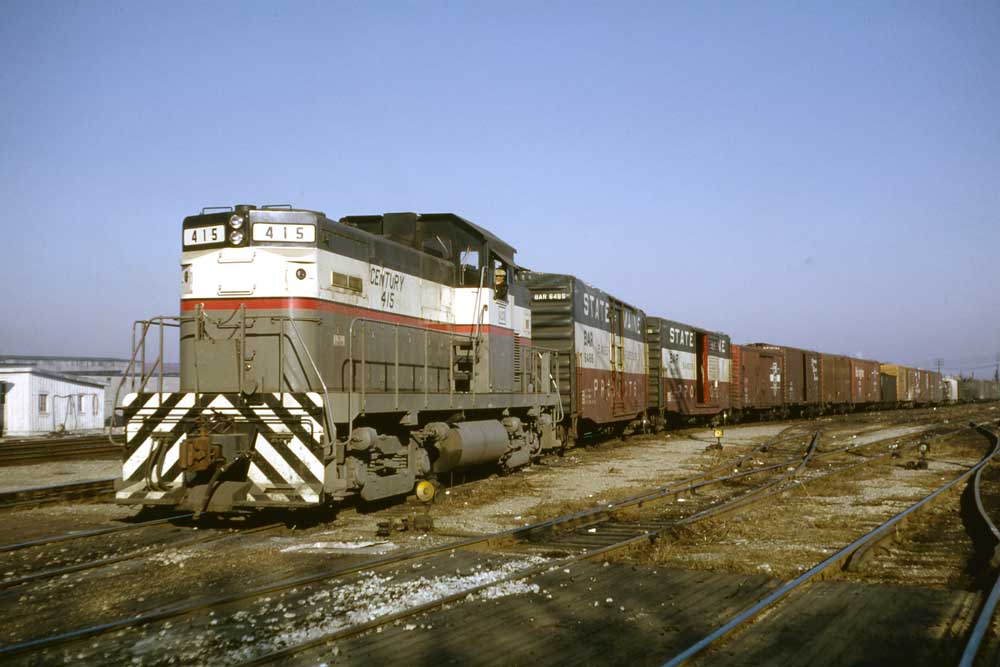
Five Alco locomotives no one wanted: In the annals of locomotive history, there are a great many success stories. The GP7, the U25B, and the SD40-2 spring to mind for many railfans. But among these successes, there are of course failures, models forgotten to time. This article highlights five locomotives from the famed manufacturer Alco […]
Read More…
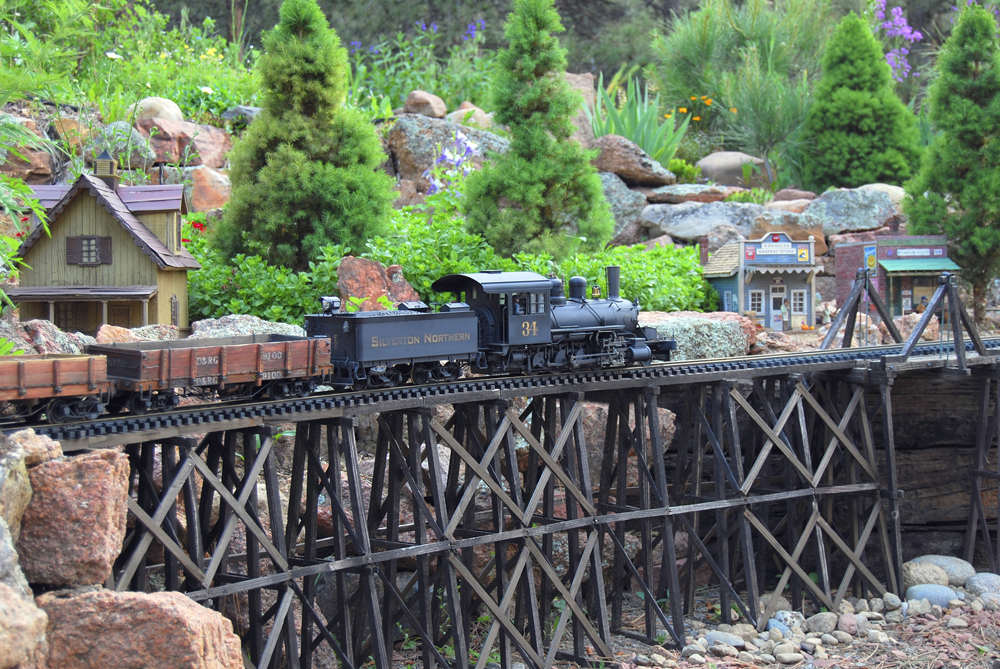
Want more photos? Diesel locomotives in the garden Garden railroading in Hawaii Garden railroading in the snow […]
Read More…
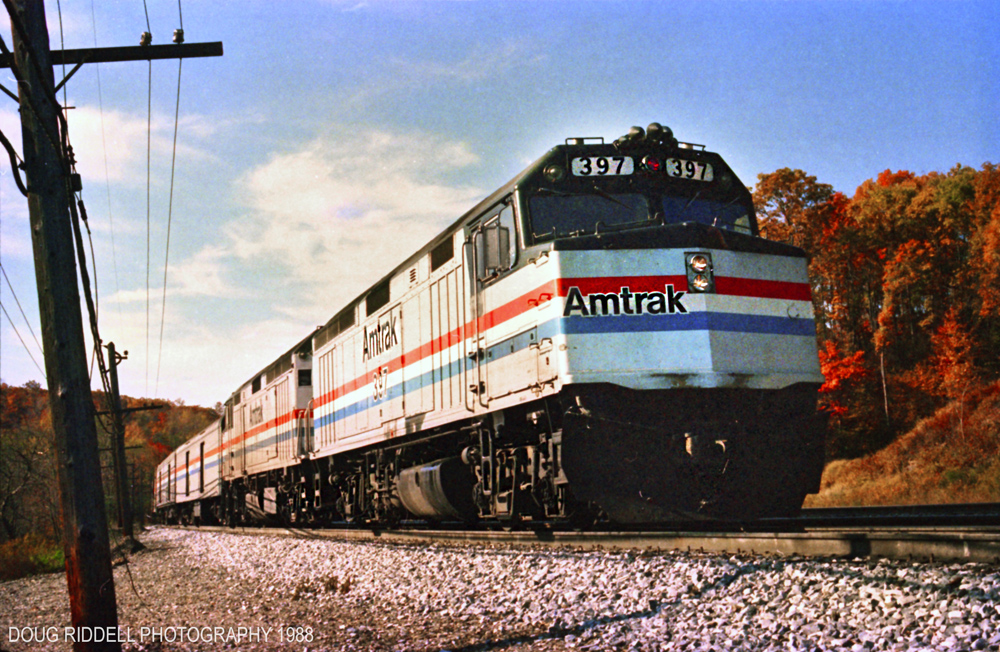
Rolling stones Cresting Sand Patch while witnessing an Allegheny Summit sunrise on the former Baltimore & Ohio was one of the intangible benefits of being the engineer of Amtrak’s Capitol Limited between Washington and Pittsburgh in the late 1980s. Few things are as awe-inspiring, but Mother Nature can also be frighteningly treacherous. The right of […]
Read More…
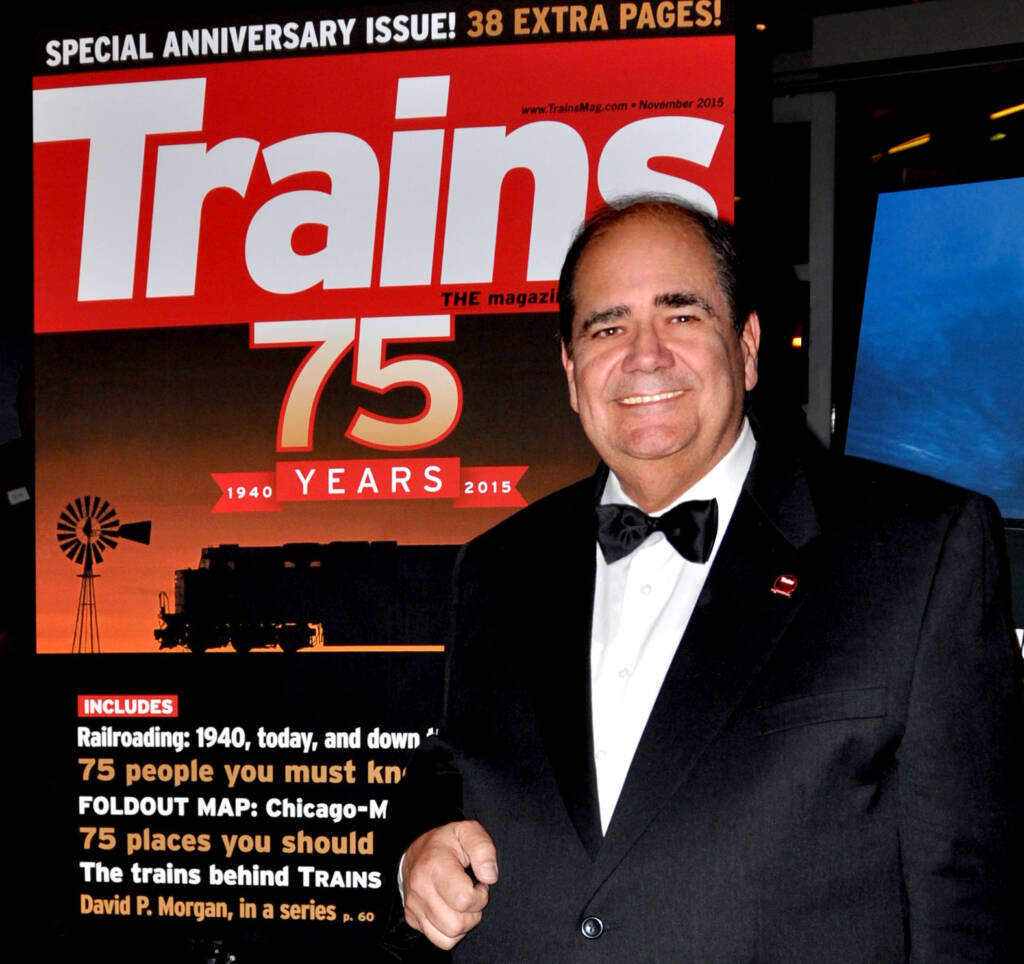
What was your first byline in Trains? Doug Riddell: My first byline in Trains appeared in the February 2000 issue: “A dose of perspective” (Readers Platform). I’d just run into a retired Chesapeake & Ohio conductor, Gilly Parker, who shared a story with me. He’d worked passenger service between Richmond and Newport News in the early […]
Read More…
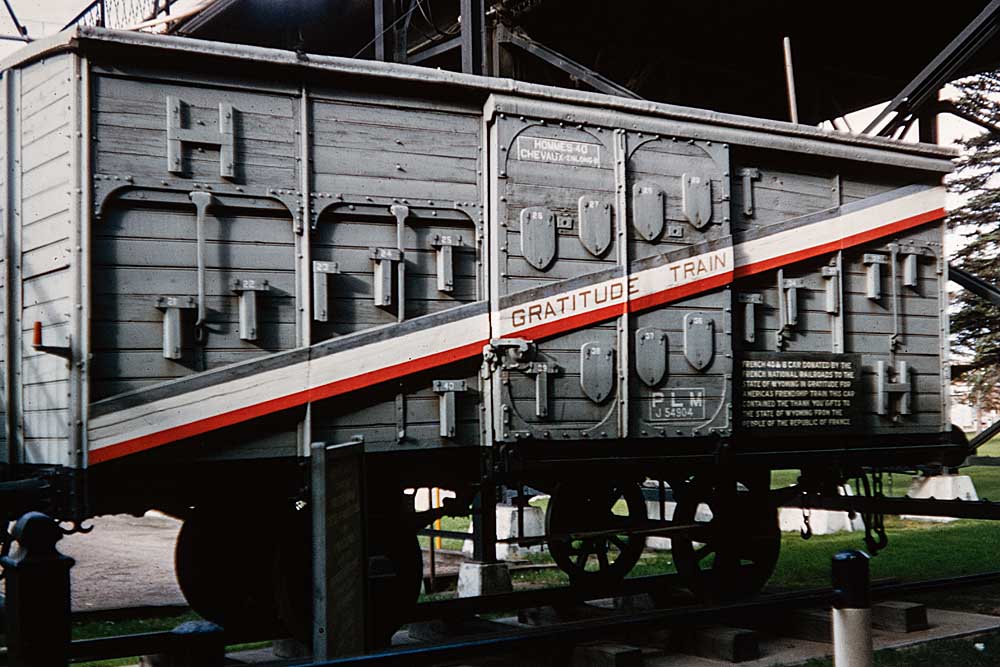
France’s 1949 Merci Train left a legacy of European rail equipment displays throughout the U.S. During the period around World War I and II a number of European railroads utilized a small boxcar — small by American standards. The cars rode on four wheels and carried all of 20 tons. In France, such […]
Read More…












